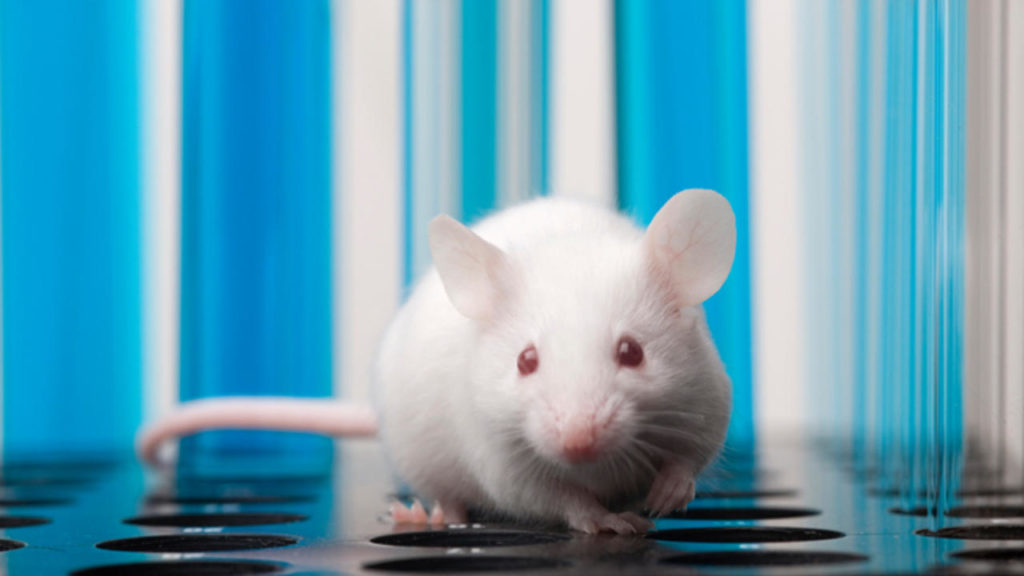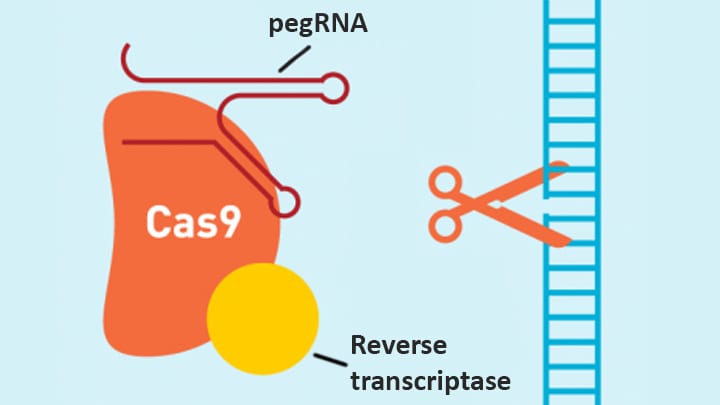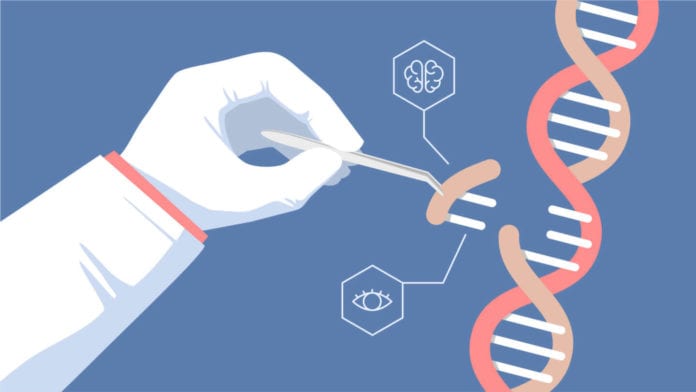Gene editing has been popularized in the realm of science fiction for a very long time. About 40 years ago, researchers, for the first time, operated on a foetus to cure devastating abnormalities in it. Fast forward to the current era, a gene-editing solution named CRISPR looms as a very real possibility that could take over the whole bio-medical field in the coming few years. Ever since it was brought to the public’s knowledge, CRISPR has only become more famous. The secret of success of this technology can be attributed to the utter ease with which it allows researchers to alter the genes of an individual.
Back in 2018, researchers from the University of Pennsylvania demonstrated the application of this technology in what was one of the earliest proof of concept. The researchers edited the genome of the mouse in the womb, the altercation eliminated the often-fatal liver disease before the rodents were even born.
The easy functionality of this technology is going to cause some major changes in how our society evolves as we move into the future. Human gene editing is the obvious next target and researchers are already working hard to quickly get everything in place to clear the way for the first human trials.

The public scrutiny of this technology is also not far behind. Sceptics from all across the globe have raised their voices and have demanded that the gene-editing research either be slowed or shut down completely. While caution in such ventures is an absolute necessity, there is no stopping CRISPR. The ball is already rolling, and human trials are nearer than initially imagined. The biggest problems that this technology hopes to target are inheritable diseases that can kill patients in some of the most gruesome ways.
There are two types of gene editing which can be done through CRISPR. The first is somatic cell editing in which a patient suffering from a disease is administered the CRISPR solution. The CRISPR constituents then get to work by changing the particular genes that have been specified. Currently, this technique has only produced satisfactory results. Researchers are unable to completely eradicate the disease through this method, however, it does bring down the symptoms and other effects of the disease by a considerable amount. The other method is to administer the CRISPR solution to the Foetus itself. This results in genetic change which is not only permanent but also inheritable.

The cost of error in such practises is enormous and therefore sharp and astringent oversight is necessary to maintain the ethical practices that are necessary for something that can have such consequences. CRISPR, however, is a breath of fresh air, not only for those innocent individuals who will be born with crippling diseases through no fault of their own but also to those who can get some relief through this new technology. Hopefully, the technology matures enough to prevent any such cases in the future.
Further Reading:


